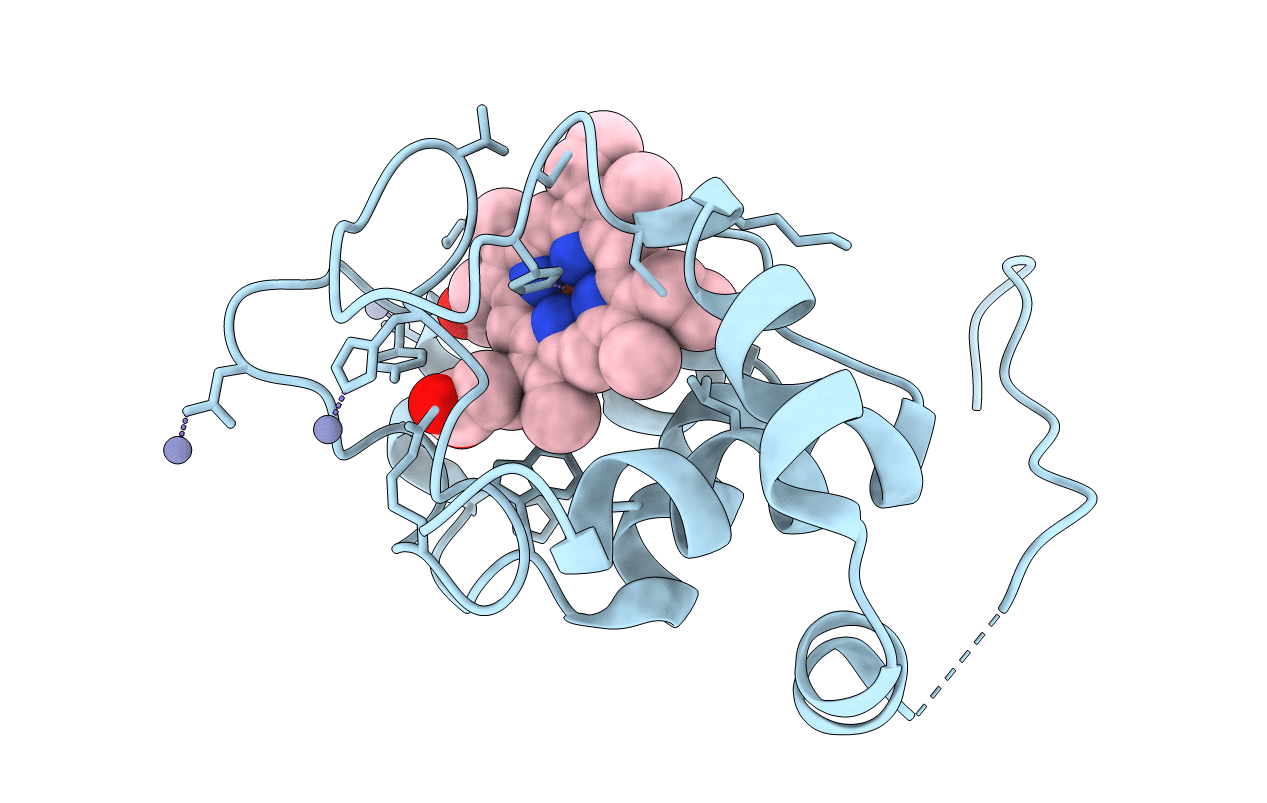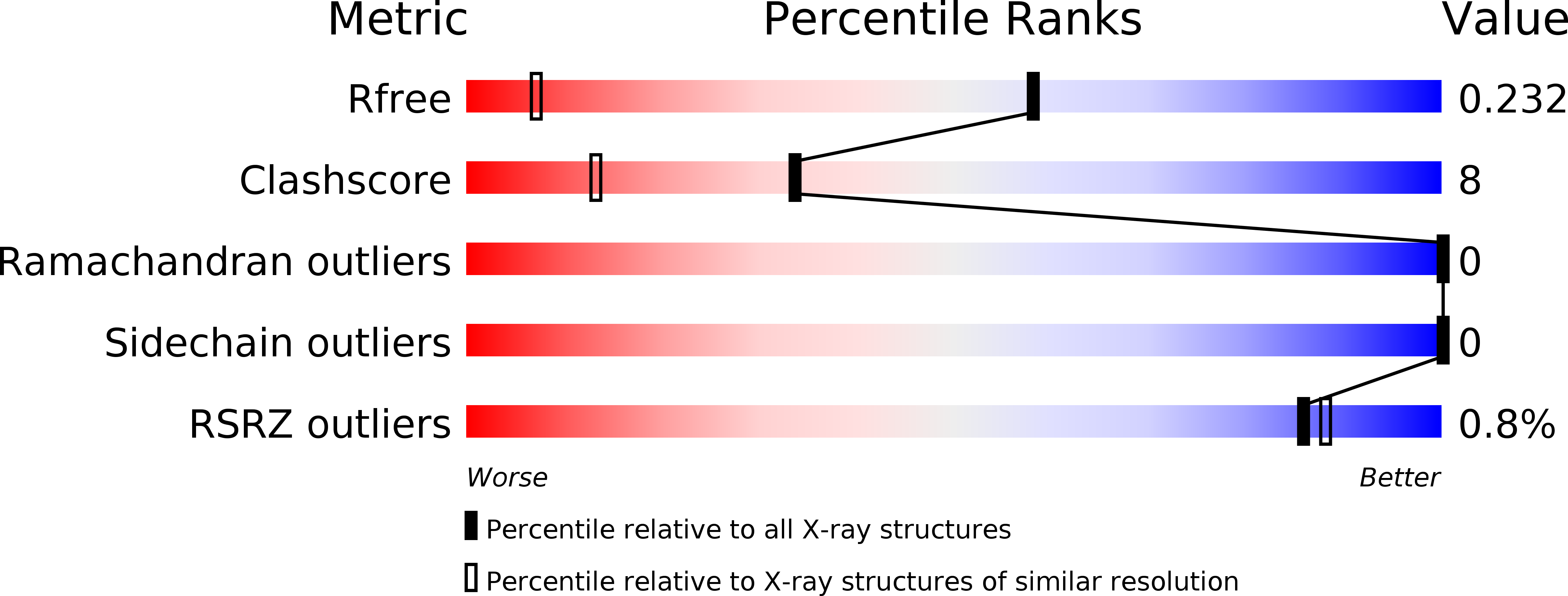
Deposition Date
2010-03-20
Release Date
2010-07-21
Last Version Date
2023-09-06
Entry Detail
PDB ID:
3M97
Keywords:
Title:
Structure of the soluble domain of cytochrome c552 with its flexible linker segment from Paracoccus denitrificans
Biological Source:
Source Organism:
Paracoccus denitrificans (Taxon ID: 266)
Host Organism:
Method Details:
Experimental Method:
Resolution:
1.33 Å
R-Value Free:
0.22
R-Value Work:
0.19
R-Value Observed:
0.20
Space Group:
P 21 21 21


